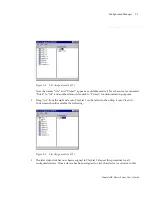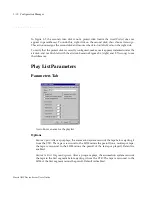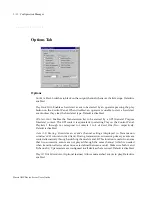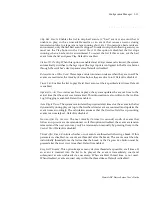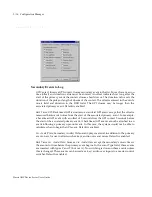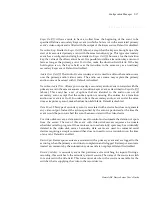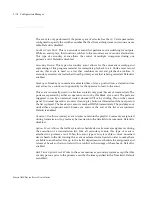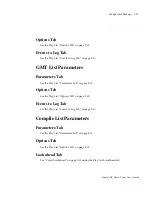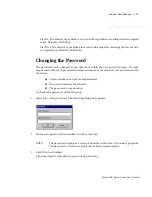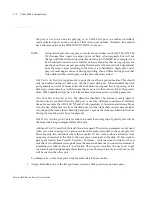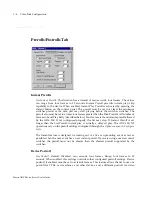
Harris ADC Device Server User’s Guide
2-18 Configuration Manager
The event is only performed if the primary event’s device has the A/V data parameters
configured to specify the switcher number that has the matching name in its source name
table. Default is disabled.
Switcher Cross Point
: This is a secondary event that performs extra switching for outputs.
While an event plays, this function switches to the secondary event’s source:destination.
This type of secondary event allows the control of multiple crosspoints during one
primary event. Default is disabled.
Secondary Record
: This type of secondary event allows for the automatic recording and
segmenting of live program material for immediate playback to air. Unlike most record
events, this event is used in a list that combines record and playback activities. A
secondary record event is attached to each primary event that is being recorded. Default is
enabled.
Break Sync
: Break sync contains an estimated time of day a pod will run, a deviation time
and a time for a window of opportunity for the operator to react to the event.
This event is normally used on a list that contains only pods/breaks of commericals. The
pods are separated by either an upcount event or by this Break sync event. The pods are
triggered to run by an external contact closure (GPI) or by clicking Play on the control
panel. In normal operation, a contact closure/play button is detected and the next pod on
the list is played. The break sync event is marked DONE immediately. The pod plays out
until either an upcount event, break sync event or the end of the list is encountered.
Default is enabled.
Comment
: Use this secondary event to enter notes into the playlist. Comments are ignored
during transmission. Any text may be inserted into the title field of a comment. Default is
disabled.
System Event
: Allows the traffic system to schedule device (resource) assignments during
the execution of a transmission list. Like all secondary events, this type of event is
attached to a primary event. When this event type is run, it is able to move unowned
device heads to the list running this event or release device heads in order to make them
available to another list. It is up to the traffic department to schedule the assignment and
release of heads so that two lists will not conflict in their usage of these heads. Default is
enabled.
Back Timed System Event
: Works in the same manner as secondary system except that this
event type runs prior to the primary event by the time specified in the Time field. Default
is enabled.
Summary of Contents for ADC 100
Page 1: ...ADC 100 Device Server User s Guide...
Page 2: ......
Page 6: ......
Page 12: ...Harris ADC Device Server User s Guide vi Contents...
Page 14: ...Harris ADC Device Server User s Guide viii List of Figures...
Page 16: ...Harris ADC Device Server User s Guide x List of Tables...
Page 28: ...Harris ADC Device Server User s Guide 12 Introduction...
Page 62: ...Harris ADC Device Server User s Guide 2 24 Configuration Manager...
Page 80: ...Harris ADC Device Server User s Guide 3 18 Video Disk Configuration...
Page 90: ...Harris ADC Device Server User s Guide 5 6 Cart Machine Configuration...
Page 116: ...Harris ADC Device Server User s Guide 9 6 Distributor Configuration...
Page 128: ...Harris ADC Device Server User s Guide I 6 Index...




